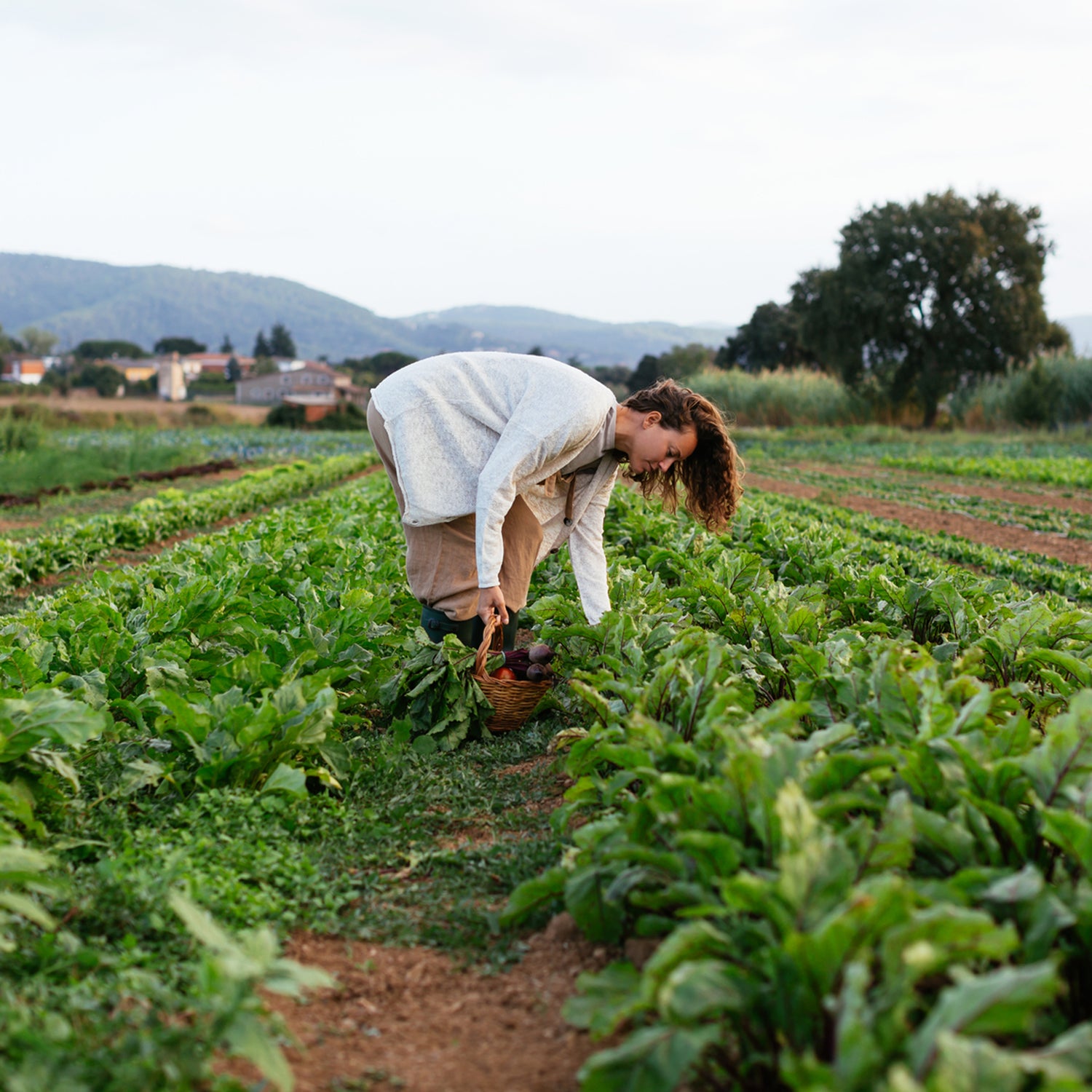Maybe it’s the year-end double punch of consumerism and self-reflection—what holiday meals are we making, what are we buying for people, what have I even done with my life—but December triggers a cavalcade of questions about how a person who wears things and eats things and likes to go outside (this is me, but, hey, it could be you, too) is tied into the whole dang system of consumption.
And in that blitz, an unlikely subject has come up. Not reproductive choices, not carbon offsets, not even Greta Thunberg. No, it’s regenerative agriculture, a soil-focused farming practice. says it’s the number-one food trend of next year. Patagonia has made it a centerpiece of its activism and will be rolling out products made using the practice early next year. General Mills that it will employ regenerative agriculture on one million acres—about a quarter of the land it uses in North America. And this spring will see the creation of a new Regenerative Organic certification.
That’s a huge deal, environmentally, because the agriculture sector is responsible for about a quarter of global greenhouse emissions. Ag creates food and fiber and jobs. And when it’s done right, it can act as a carbon sink. Healthy soil, with intact root systems, can hold huge amounts of carbon. According to the , agriculture is unique in its ability to both reduce emissions, through sustainable farming practices, and capture them, through carbon sequestration.
That’s where regenerative agriculture comes in. There are 7.5 billion living organisms in a teaspoon of soil—more than there are people living on earth—and regenerative ag supports those organisms, helping them hold nutrients, fighting erosion, and negating the need for chemicals. Estimates from Ohio State’s Carbon Management and Sequestration Center say carbon sequestration through regenerative practices could by up to 15 percent. Loftier assumptions from the say it could offset total global emissions by 10 percent.
The term was coined in the 1980s at , the Pennsylvania-based organic farming think tank founded by J.I. Rodale. In practice, it means that farmers rotate and diversify crops and animals, don’t poison lands and water, and minimize tilling and soil disruption. Over time, those practices have been shown to make land more resilient and more productive—and able to hold more carbon and water.
The Regenerative Organic Alliance, a nonprofit coalition of organic companies like Dr. Bronner’s, Patagonia, and Horizon Organic, has built a certification for regenerative producers around three connected pillars: soil health, animal welfare, and social fairness. This certification encompasses practices, but also long-term soil health and economic benefits for farmers.
As an apparel company, Patagonia may seem an odd bedfellow in this mission. But since 2012, when it first offered wild salmon jerky, the company has moved into the sustainable food space, launching Patagonia Provisions in 2014 and working to secure responsible farming, ranching, and aquaculture partners. The more they learned, says Patagonia Provisions managing director Birgit Cameron, the more they realized that food was one of the biggest levers the company could push to help the planet.
Starting in February, Patagonia will offer clothes grown with cotton farmed to the Regenerative Organic Alliance's certification, and soon afterwards, Regenerative Organic Certified food. The company already sells a beer called Long Root Ale, which is brewed with a perennial grain called Kernza grown using regenerative practices. “You do start to see higher yield, and the soil draws down a significant amount of carbon, which is a planetary game changer,” Cameron says. “We couldn’t stay away from that.”
It’s worth remembering, however, that agriculture is just part of the climate pie. Elizabeth Whitlow, executive director of the Regenerative Organic Alliance, warns against assuming that sequestering carbon in soil will cancel out growing emissions. But she and Cameron are realistically hopeful, and talking with them helped turn my grinchy heart and brain. We need to start making decisions through the lens of urgency, Cameron reminded me, and good consumer choices can indeed move the needle on agriculture practices—and climate change.
So this spring, as the first green shoots push through the soil, look for the Regenerative Organic Certification. Talk to your local farmers about where your food is coming from and how it’s produced. The idea of voting with your dollars may be trite, but food is a place where personal action can impact the system. As Whitlow says, “What we do to the soil, we do to ourselves.”


